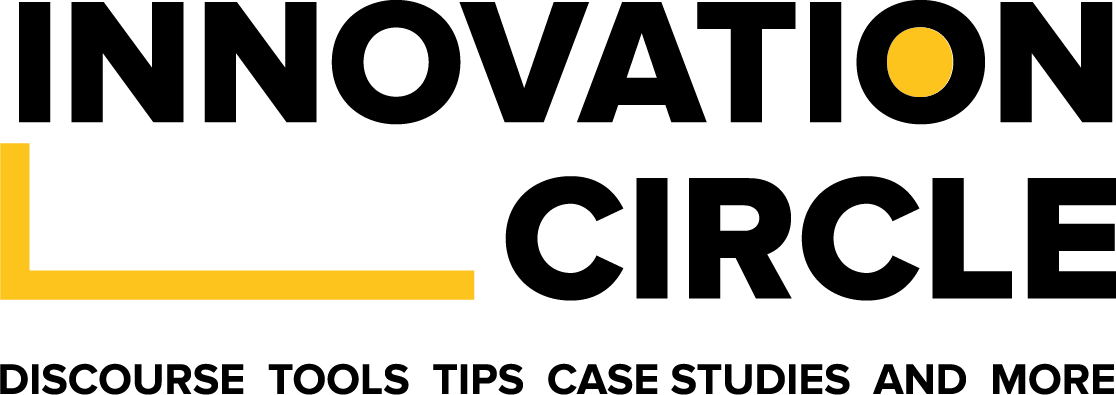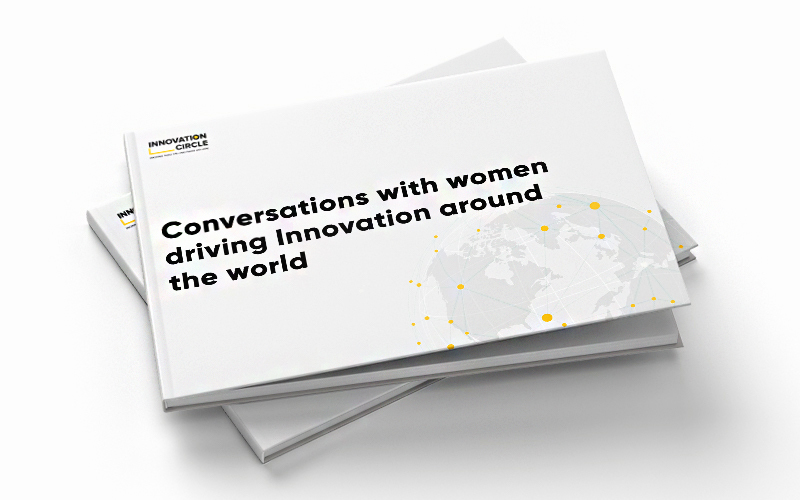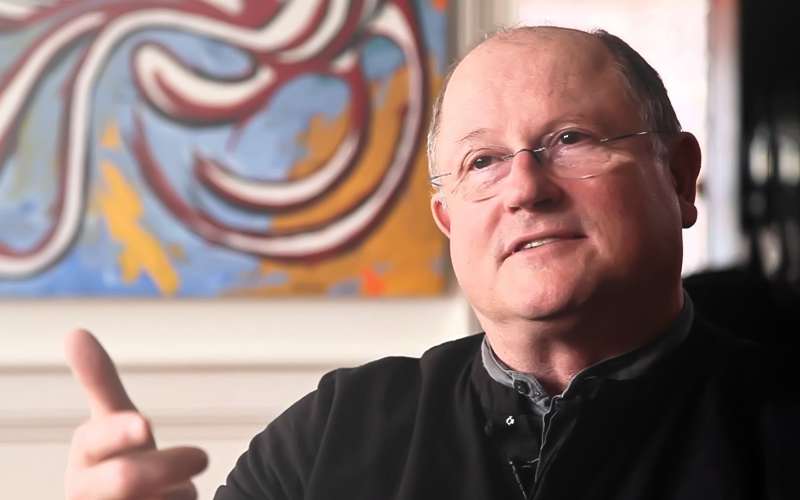
A Conversation with April Anazodo CEO & Co-founder Metamentis
“To stay ahead in an era of global market disruption, business leaders not only need to innovate, but also build a creative culture that enables their teams proactively drive innovation.”
How can a business turn a challenge into an innovative solution? What steps will they have to take using the strategic play model?
There’s definitely no singular approach on how to turn a challenge into an innovative solution, problem-solving and innovation require a blend of various tools, methodologies, skills and values.
However, it’s important that businesses consider diverse perspectives when trying to solve a challenge. Ground-breaking innovation is often a result of embracing different points of view and making connections to get the complete picture. Remember the story of “The Blind Men and the Elephant”? All six blind men had touched a different part of the elephant but tried to use their individual experience to define what an elephant felt like.
“Ground-breaking innovation is often a result of embracing different points of view and making connections to get the complete picture.”
Many businesses still have meetings and strategy sessions where just a few people feel confident enough or are given the opportunity to share their thoughts and bring their ideas forward. You can already tell that they would end up with less than half an elephant!
Businesses can use LEGO® SERIOUS PLAY® to radically enhance their problem-solving and strategy process. LSP allows people to use LEGO® bricks as a tool for creating, thought-building, storytelling and deep reflections. It creates a safe environment for innovation to thrive and gives all participants a voice regardless of culture or position.
You and your team seem to leverage the idea of ‘playfulness’ for creativity and innovation in business. Can you speak more to this, for business leaders looking to drive innovation in their organizations?
My team and I love the LEGO® SERIOUS PLAY® Methodology because it’s not random play, we engage teams in deep thinking and reflection within an experiential framework. The process of building and collaborating often produces insights which simply would not have appeared in regular discussions. Participants use LEGO® bricks to create models that express their thoughts, reflections and ideas, unlike the typical strategy sessions that occur in places of work.
In the past organizations focused on logical and methodical thinking but that’s no longer enough. It’s no surprise that LinkedIn has ranked Creativity as number 1 in its list of most in-demand soft skills for 2018, 2019 and 2020.
With play, most of our senses are awakened and our imagination is freed to go wild and generate unconventional ideas. Busy work life and rigid routines tend to kill creativity but when organizations give their employees the space and time for constructive play the results are phenomenal.
“With play, most of our senses are awakened and our imagination is freed to go wild and generate unconventional ideas.”
To stay ahead in an era of global market disruption, business leaders not only need to innovate, but also build a creative culture that enables their teams proactively drive innovation.
“To stay ahead in an era of global market disruption, business leaders not only need to innovate, but also build a creative culture that enables their teams proactively drive innovation.”
Seeing the complexities businesses face either as a result of a new policy, customer trends or economic strains do you think the Design process is a good strategy to turn to when seeking to create innovative solutions around those constraints?
The pace of change like you have outlined in today’s business environment is very swift. What design thinking and other creative processes do is to make room for rapid problem solving using a structured process.
This process consistently helps you maintain focus on the customer; the very essence your business exists. It helps you track the customer journey and create tailor-made solutions or improvements on this journey.
The tools used develops the capacity of employees to think on their feet, generate, select and analyze ideas within a short period of time.
Creating ideas is not enough; communicating these ideas is also as important as creating them. The design thinking process makes it easy to communicate ideas in 3D thereby making abstractions concrete. To develop innovative solutions to customer or business challenges, design thinking and a plethora of creative processes are your go-to toolkit for today’s business environment.
Which company would you say you admire for their approach in using design to create innovative solutions?
It’s awesome to see more companies embrace design as a critical business driver. However, I absolutely admire Apple’s tenacious approach to design. I would love to see more of our traditional institutions in Nigeria embrace this same level of commitment to design in order to create highly intuitive customer experiences.
“I absolutely admire Apple’s tenacious approach to design. I would love to see more of our traditional institutions in Nigeria embrace this same level of commitment to design in order to create highly intuitive customer experiences.”
You have a background in the Banking industry, if there’s something you could add or do to improve the process around corporate governance (which you know quite well seeing you have worked within that department in the past when you worked in the banking industry) or any other department based on your experience now in design, what would it be?
There seems to be a common assumption that corporate governance introduces bureaucracy and roadblocks that hinder innovation. This is based on another common misconception that creativity and design thinking should not be structured processes.
However, I believe, the core corporate governance principles of fairness, transparency, accountability and responsibility are critical in building a culture of innovation.
The problem might just be the way some banks execute corporate governance controls. It is possible to be more creative and intentional around implementing these controls in a way that does not negatively impact customer/employee experience but rather complements innovation efforts. This is what I would love to improve.
“I believe, the core corporate governance principles of fairness, transparency, accountability and responsibility are critical in building a culture of innovation.”
What #innovationmoment have you experienced in your career so far? (We define an #innovationmoment as something you’ve been a part of or have witnessed that has been incredibly life-changing and impactful to others) Can you share?
A real estate firm approached us about their growth challenges. They had spent a lot of money on marketing efforts but the CEO didn’t feel the ROI was worthwhile.
We gathered more facts and information on their challenges and we realized they had never really defined their brand and this was negatively impacting the customer journey.
So, we ran a customer experience design workshop for them. The challenge was “How might we design a unique customer experience across all touchpoints and meaningfully portray their brand”.
Following the workshop, the firm immediately redesigned its marketing strategy and offices to reflect their brand identity. They have since doubled their revenue and exponentially grown their customer base.
“A real estate firm approached us about their growth challenges… we ran a customer experience design workshop…They have since doubled their revenue and exponentially grown their customer base.”
#innovationmoment
“A real estate firm approached us about their growth challenges… we ran a customer experience design workshop…They have since doubled their revenue and exponentially grown their customer base.”



